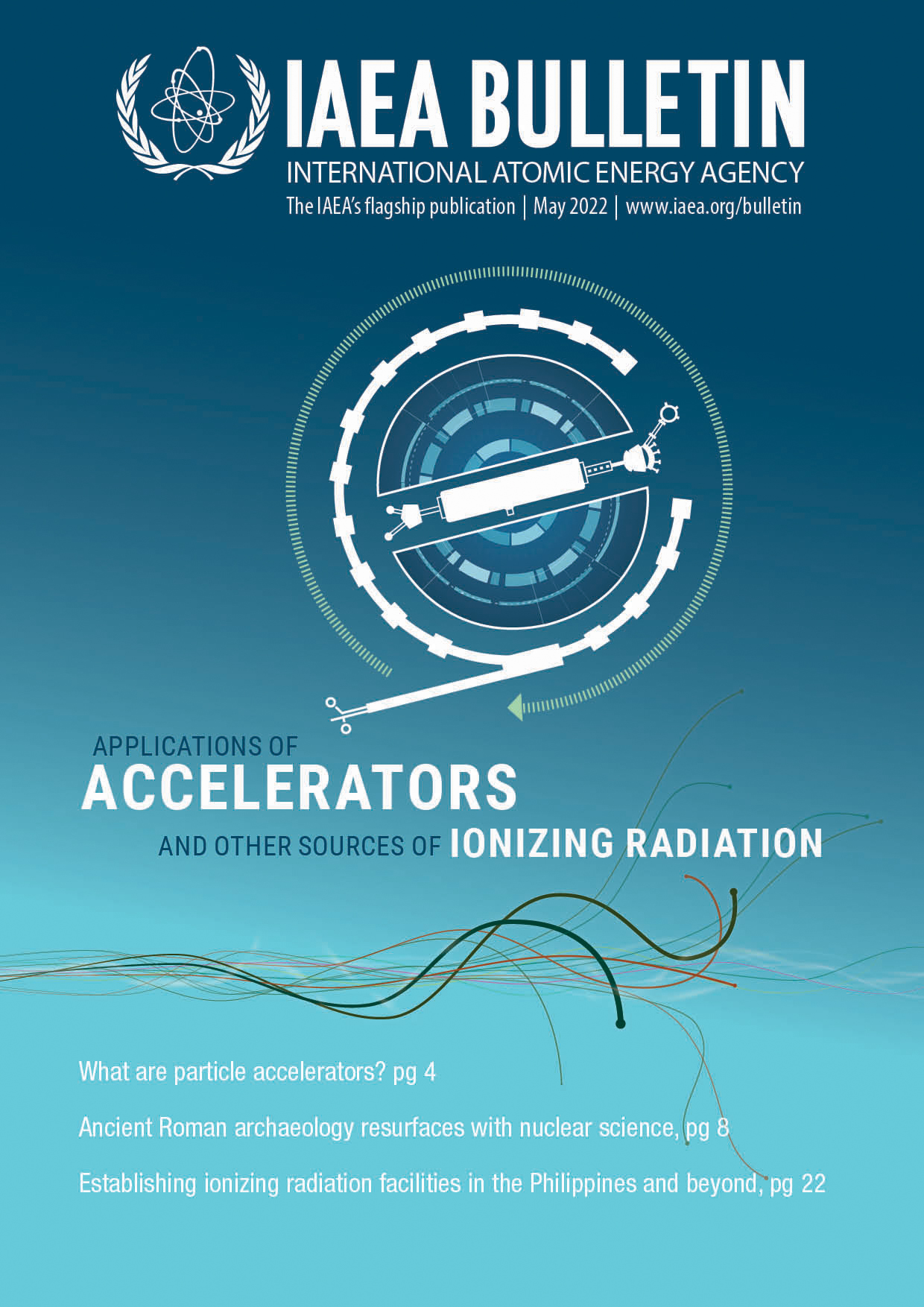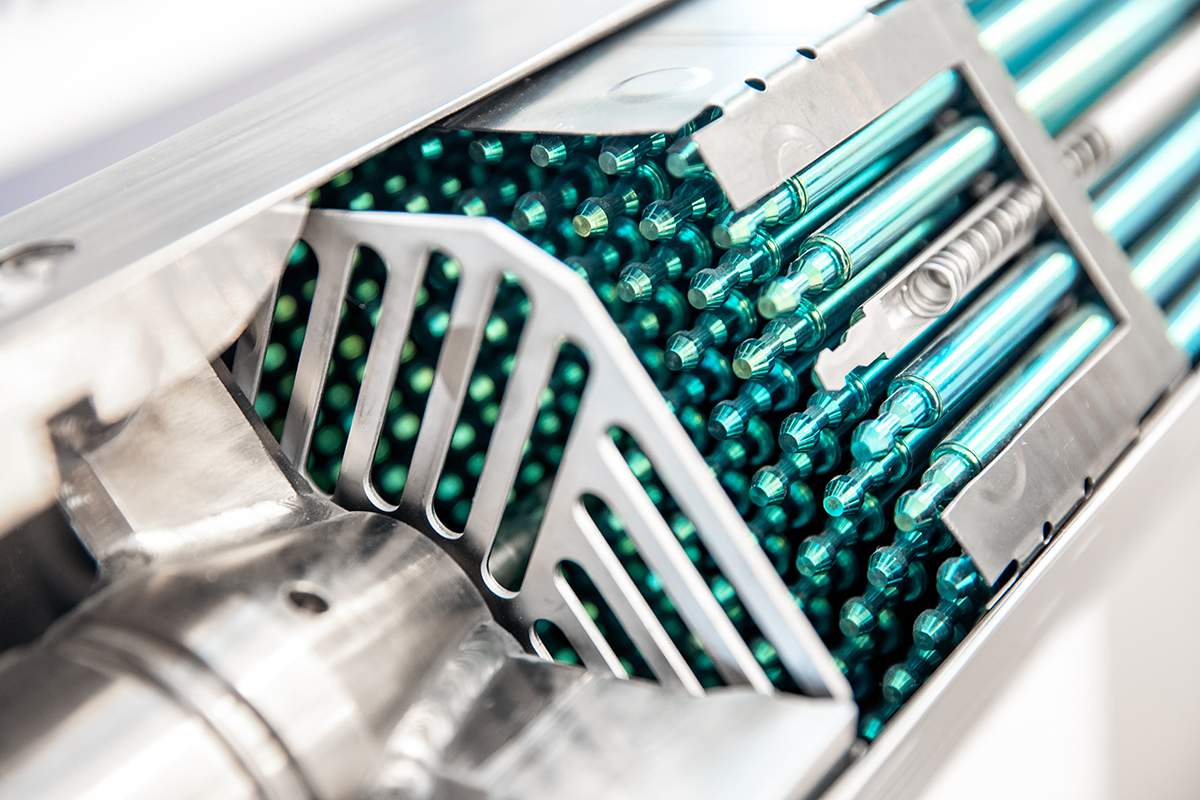Radiation effects on advanced materials
Strong, resilient and durable materials are critical in industry in general but are particularly important in the nuclear sector, where the safety of reactors and the feasibility of fuel cycle operations depend on the materials used. For materials in nuclear reactors, the two biggest challenges are heat — addressed by cooling systems — and radiation.
“Structural materials inside nuclear reactors are subjected to damage from fast neutrons that knock atoms out of position and create hydrogen or helium in the form of gas. This can ultimately lead to swelling, the creation of voids, and various other structural and mechanical changes that limit their ultimate lifetime in service,” said Ian Swainson, a nuclear physicist at the IAEA. “Testing materials against radiation is therefore essential, and accelerators can help make testing more widely available.”
Charged particles lose most of their energy towards the end of their journey through materials, causing significant but localized damage. For this reason, researchers plan to test candidate materials for future nuclear reactors using charged particles from ion beam accelerators.
“Testing materials with an accelerator is faster than using a reactor,” said Swainson, explaining that what can be completed in a day with an accelerator can take a year with a high flux test reactor. Typically, samples do not become radioactive, and damaged areas can be carefully sectioned and examined with microscopic techniques.
In 2016, Swainson helped organize a five-year-long IAEA coordinated research project in which samples of the same material were distributed to multiple accelerator facilities for irradiation, under identical conditions, and the BOR-60 fast research reactor in the Russian Federation for comparison. The post-irradiation analysis will contribute to improving site-to-site reproducibility among accelerator facilities and shed light on how well accelerators screen out poorly performing materials.
In August 2022, the IAEA held its Second International Conference on Applications of Radiation Science and Technology (ICARST-2022) to explore these issues and highlight applications and ionizing radiation developments. The conference, among other topics, focused on advances and current technological or economical limitations in specific areas of advanced materials, and helped review achievements in well-established radiation processes for improved materials performance.

